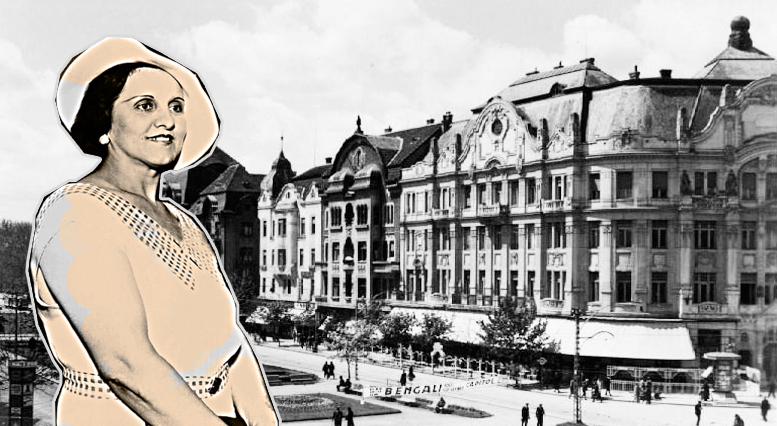
Some of them became famous actors. Others lived exceptional lives that inspired movies. The following stories with a Hollywood twist start in Banat, but they do not have a happy ending.
Dracula from Lugoj
Béla Lugosi is the first actor who portrayed Dracula for the big screen and he is still the most famous. Before becoming a Hollywood star, he was an actor in Banat.
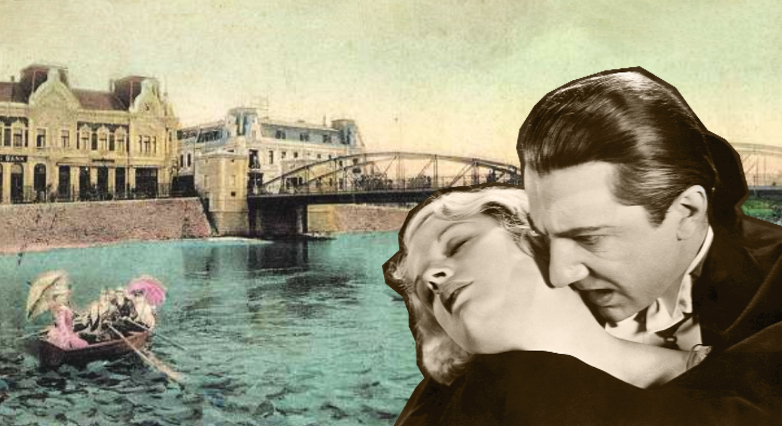
Lugosi was born in Lugos, Kingdom of Hungary, now Romania. His father was a banker. At the age of 12, he dropped out of school and a few years later he began his acting career. After moving to Budapest in 1911, he played dozens of roles with the National Theatre of Hungary.
Béla Lugosi arrived in America in the early 20s. He acted in several Hungarian plays before breaking out into his first English Broadway play. Broadway succes came with the the role of Dracula.

From theatre, Dracula was adapted for the big screen. Lugosi became so famous that he received thousands of letters every day, mainly from women, he joked.
Through his association with Dracula, Lugosi found himself typecast as a horror villain in films. His accent, while a part of his image, limited the roles he could play. Lugosi’s career faded in the mid-1930s and so did his finance.
Lugosi died of a heart attack on 16 August 1956, at 73. He was buried wearing one of the “Dracula” cape costumes. His friend, the great Frank Sinatra, reportedly have said watching the coffin “He will be back”. A true Hollywood ending for a great story that started in Banat.
The ape man born in Timişoara
He was the embodiment of the American dream. He first broke records as a swimmer and then became famous as an actor. Surprisingly, Johnny Weissmüller was not born in USA, his real birth place was Timişoara. This secret could have ruined his career.
Johann Weißmüller was an ethnic German, the elder son of Peter Weißmüller and his wife Elisabeth. The records of St. Rochus Church in Freidorf show that Johann, son of Peter and Elisabeth Weissmüller, was baptized there on June 5, 1904, three days after his birth.
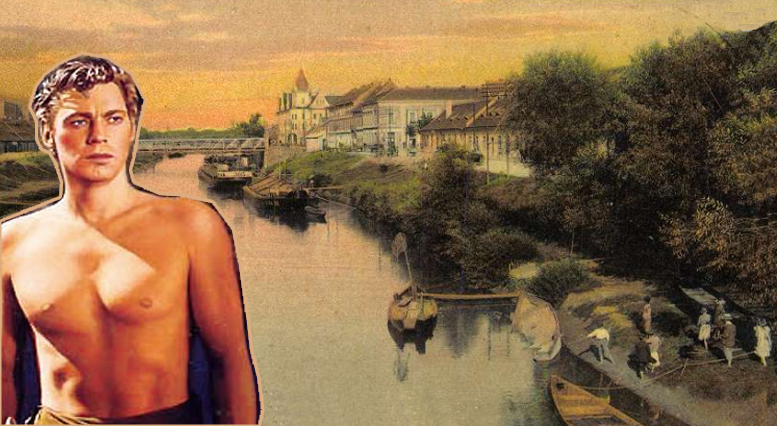
The young family arrived at Ellis Island in New York on January 26, 1905. Johann was only seven-month-old. They were listed as Germans, last residence Timișoara. Nine month later, John’s younger brother, Peter Jr., was born. At age nine, young John Weissmüller contracted polio and he took up swimming to help battle the disease.
Weissmüller’s sport career started in 1921, after winning the national championships in the 50-yard and 220-yard distances. To compete as part of the United States Olympic team and be issued an American passport, Weissmuller gave his birthplace and his birth date as that of his younger brother, Peter Weissmuller.
Weissmuller was one of the world’s fastest swimmers in the 1920s. He won five Olympic gold medals for swimming, one Olympic bronze medal for water polo, fifty-two U.S. national championships and set more than 50 world records.
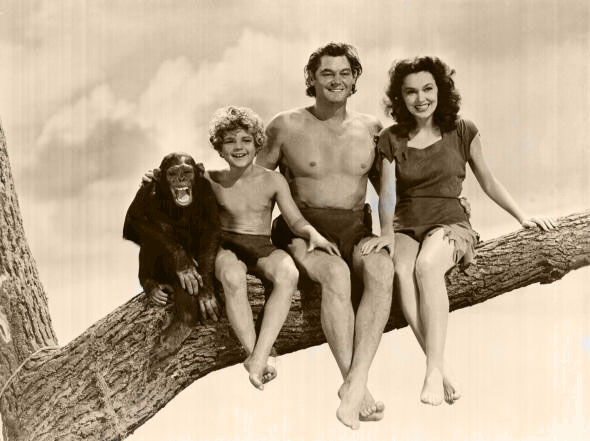
In 1932, after retiring from competitions, Johnny Weissmuller became the sixth actor to portray Tarzan. Other actors have also played Tarzan before him, but Weissmuller is by far the best known. After Tarzan, Weissmuller portrayed Jungle Jim in no less than 13 movies.
The yodeling Tarzan yell was Weissmuller’s signature in Hollywood, still often used in films today in his legacy. At his death in 1984, as his coffin was lowered into the ground, a recording of the Tarzan yell he invented was played three times, at his request.
Only after Johnny Weissmuller passed away the truth about his birth place was revealed. He was born far away from Hollywood, in a modest house in the outskirts of Timişoara.
Ana, the woman who betrayed Dillinger
In the early 1930s, John Dillinger was America’s most wanted public enemy. He was accused of robbing 24 banks, four police stations and escaping from jail twice. In the end, the Federal Bureau of Investigation managed to track him down with the help of a mysterious woman.

Ana Persida Cumpănaș was, allegedly, the richest Romanian in USA in the 1930s. She was born in 1889, in Comloșu Mare, now Romania. She moved to the United States in 1914, with her husband, but they separated and Cumpănaș started working as a prostitute.
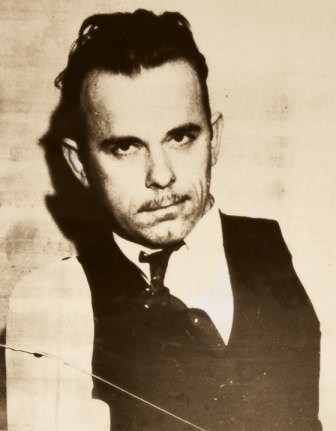
Supported by the gangsters, Cumpănaș, who changed her name to Sage, became a brothel owner in Chicago. In 1934, John Dillinger began frequenting Cumpănaș and her circle of friends. She was close to Dillinger’s lover.
For money, out of jealousy or rather fearing that she could be expelled to Romania, after the authorities deemed her to be an “alien of low moral character”, Cumpănaș considered turning Dillinger in to FBI. On July 22, after contacting the Federal Bureau of Investigation through the Chicago Police, Cumpănaș fingered Dillinger to the FBI agent Melvin Purvis, resulting in Dillinger’s shooting outside the Biograph Theater in Chicago.
It seems that Ana Sage received only half of the reward she had been promised for revealing the identity of Dillinger. She also could not avoid deportation. In 1936 she moved to Timişoara and in 1947 she was found dead in her house on Petofi Şandor Street. She left a note saying she was in the countryside. People who knew her found this strange. Apparently, she could not write.
Other actors or characters connected with Timişoara
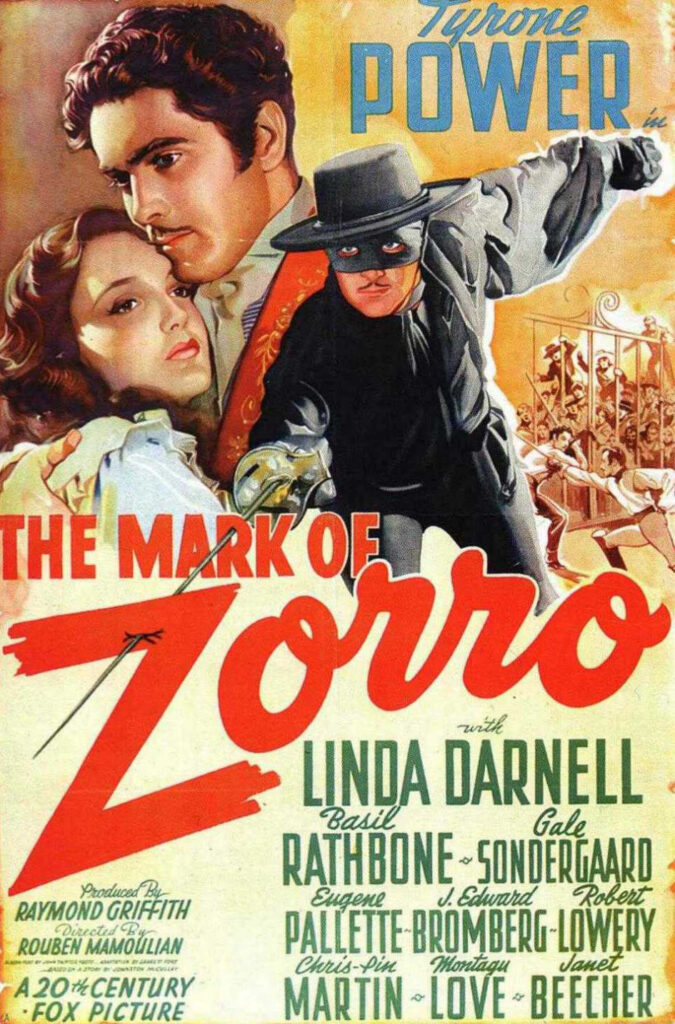
Josef Bromberg might not be a familiar name for those who live in Timişoara, but he was a name in Old Hollywood. He acted in more than 50 movies, among them The Mark of Zorro and Phantom at the Opera. Bromberg was born in 1903 in Timişoara, but the family moved to United States two years later. He was always interested into acting and he worked hard to pay for his acting classes. In 1926, he started to play on Broadway, as J. Edward Bromberg. Ten years later, he signed his first contract with
Twentieth Century-Fox and started the work at his first big screen movie.
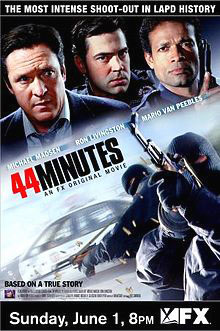
The last story is related to one of the most tragic shootouts in the modern American history. Emil Mătăsăreanu was born in Timişoara, but he moved to Los Angeles with his parents. His life changed when he met Larry Phillips Jr. In February 1997, the heavily armed Mătăsăreanu and Phillips were spotted by police while they were robbing a bank. An open fire confrontation followed, broadcasted live by news helicopters, resulting into the injury of 12 police officers and eight civilians and the deaths of the two robbers. In 2003, a film about the incident was produced, 44 Minutes: The North Hollywood Shoot-Out.